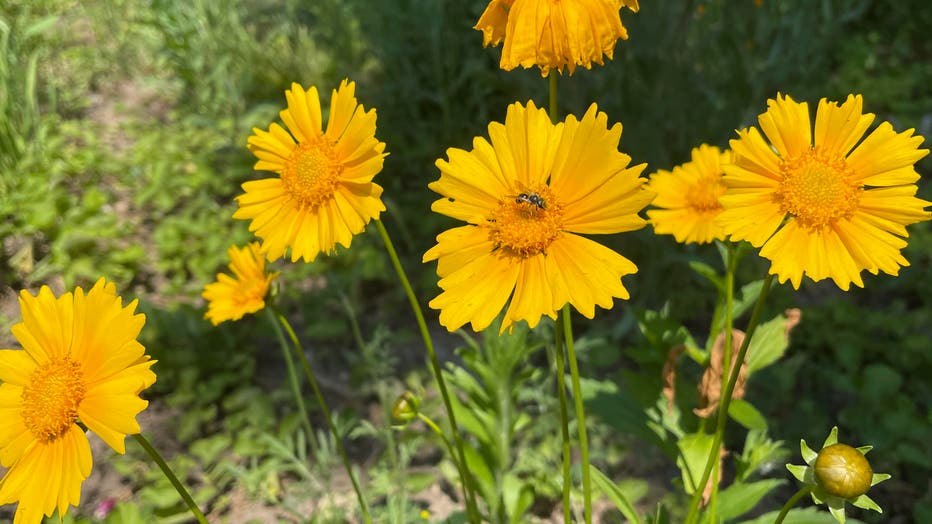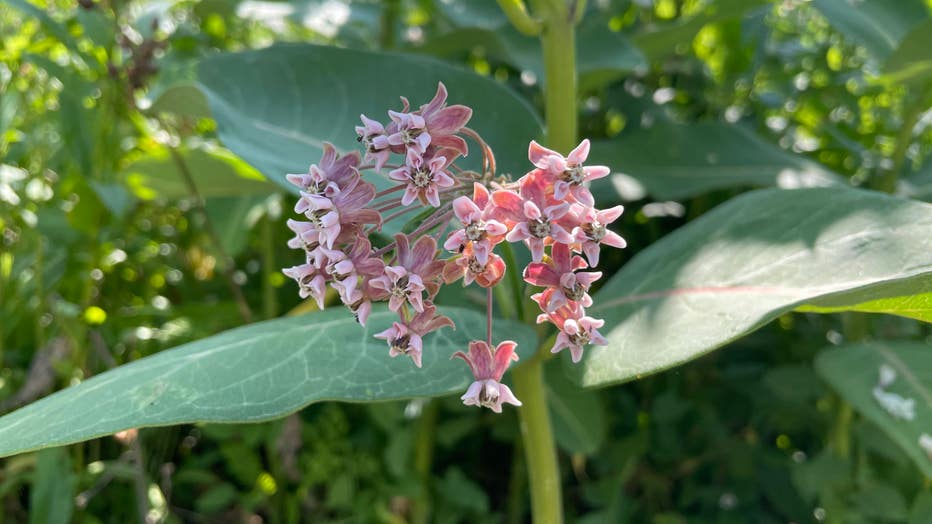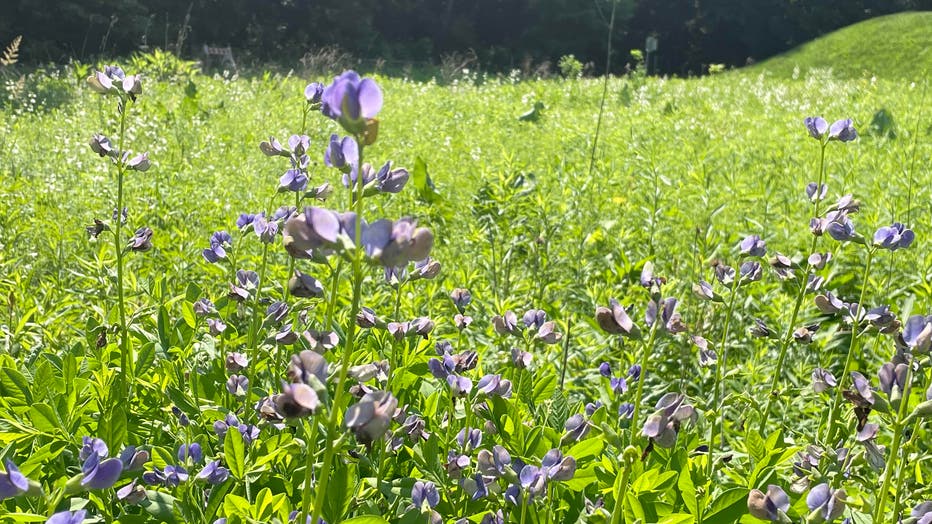Is heat and drought causing your flowers to bloom earlier?
Has southeast Wisconsin's warmer than average late-spring and drought caused many of our native plants to bloom earlier than normal? In short, the answer is yes but the details are a lot more complicated than yes or no and potentially has bigger impacts.

Lance-leaved Coreopsis
A common roadside plant in Wisconsin is milkweed and generally Common Milkweed (Asclepias syriaca) blooms in late June through August but this year it's quite common to see them blooming now. The likely cause for this rapid growth? The heat and how we measure growing degree days.

Common Milkweed (Asclepias syriaca)
So far in 2021, Milwaukee has accumulation 643 growing degree days compared to the average 450. Growing degree days (GDD) is a way farmers can keep track of crop and insect growth and while native flora might not follow GDD rules exactly like crops it can give good insight why this year flowers are popping up earlier.

To calculate GDD let's take a day where the high temperature reaches 80°F and a low of 60°F. (High + Low)/2 = Mean temperature for the day. Using 50°F as a base temperature that not much growth generally occurs we subtract 50 from the mean temperature which gives us 20 for that day. Throughout the year we add each daily GDD into a grand accumulation which can tell us when crops are fully developed or when certain insects begin to emerge.

How to calculate GDD base 50
Generally, in a drought, plants can control their water output or transpiration thanks to small pores in their leaves called stomata. These small openings can close and release less water during times of drought and allows the plant to get through dry spells.
This can slow the growth of the plant but hardy natives have a trick up their sleeve that Asian and European plants from a similar latitude can't do.
Native plants on average have much deeper root systems, especially in sandy soils. This allows them to reach deep for moisture that otherwise wouldn't be available during drought and can allow them to continue growing just fine.

Wild Indigo is a native plant to Wisconsin that can handle drought and heat quite well thanks to its deep root system
But why does keeping track of GDD and all this matter? Especially for crops, this gives some predictability to an otherwise unpredictable mother nature. For other pollinating plants, different timing than normal can throw off migration and key food sources for birds and insects. In years of extremes, this can have cascading effects on ecosystems.

